July 05, 2024
Top 15 Rainy Season Vegetables that are Flavourful and Nutritious
CM Content Team
Welcome to the vibrant world of rainy-season vegetables! As nature rejuvenates with each drop of rain, it brings a perfect opportunity for culinary exploration. This blog dives into the rich variety of monsoon vegetables that not only thrive in this season but also bring an abundance of flavours and health benefits. We'll explore the best vegetables for the rainy season, discussing their unique tastes, nutritional values, and some exciting recipes to try. Whether you are a seasoned chef or a curious foodie, join us in celebrating the generous offerings of nature's rainy season harvest!
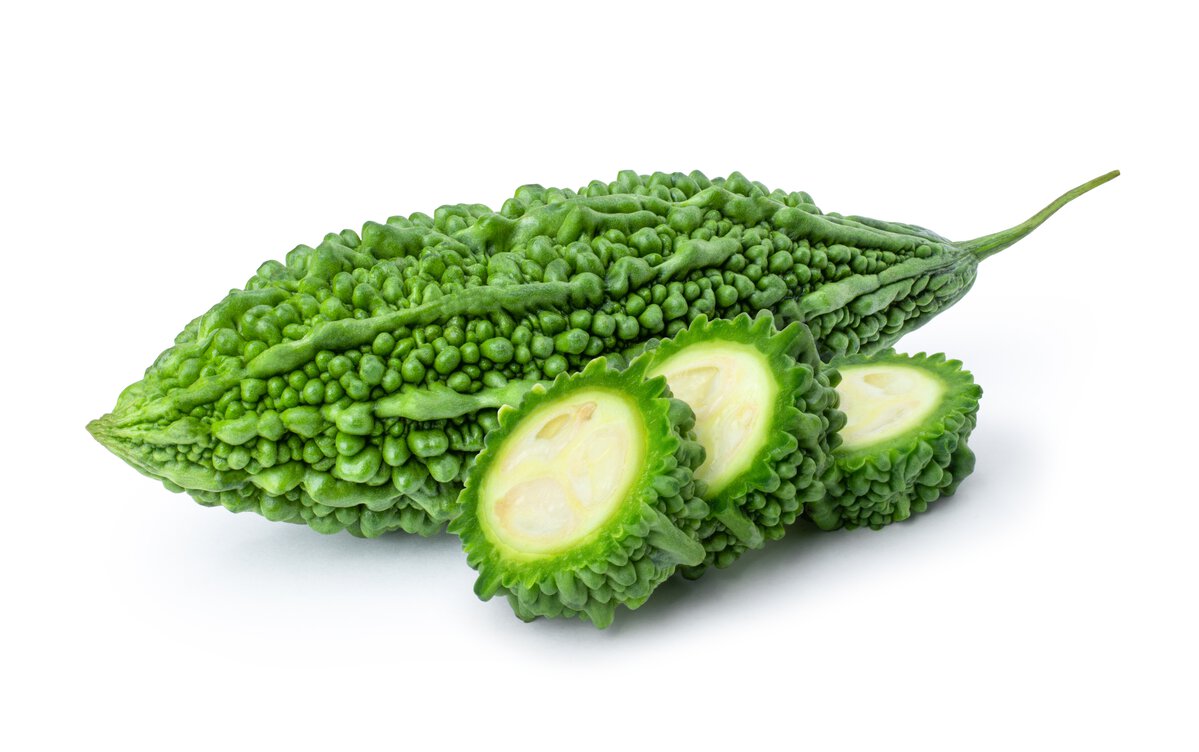
Bitter Gourd (Karela) is a distinctive rainy season vegetable renowned for its bitter taste and numerous health benefits, including improving blood sugar control and promoting skin health. It is commonly used in various culinary dishes across Asia.
Food Value: It is rich in dietary fibre, vitamins C and A, and contains important minerals like potassium and iron, making it highly nutritious.
Quick Indian recipe: Salt sliced karela and let sit for 30 minutes; rinse and dry. Sauté with onions, mustard seeds, and spices until golden. Serve hot with a sprinkle of amchur.
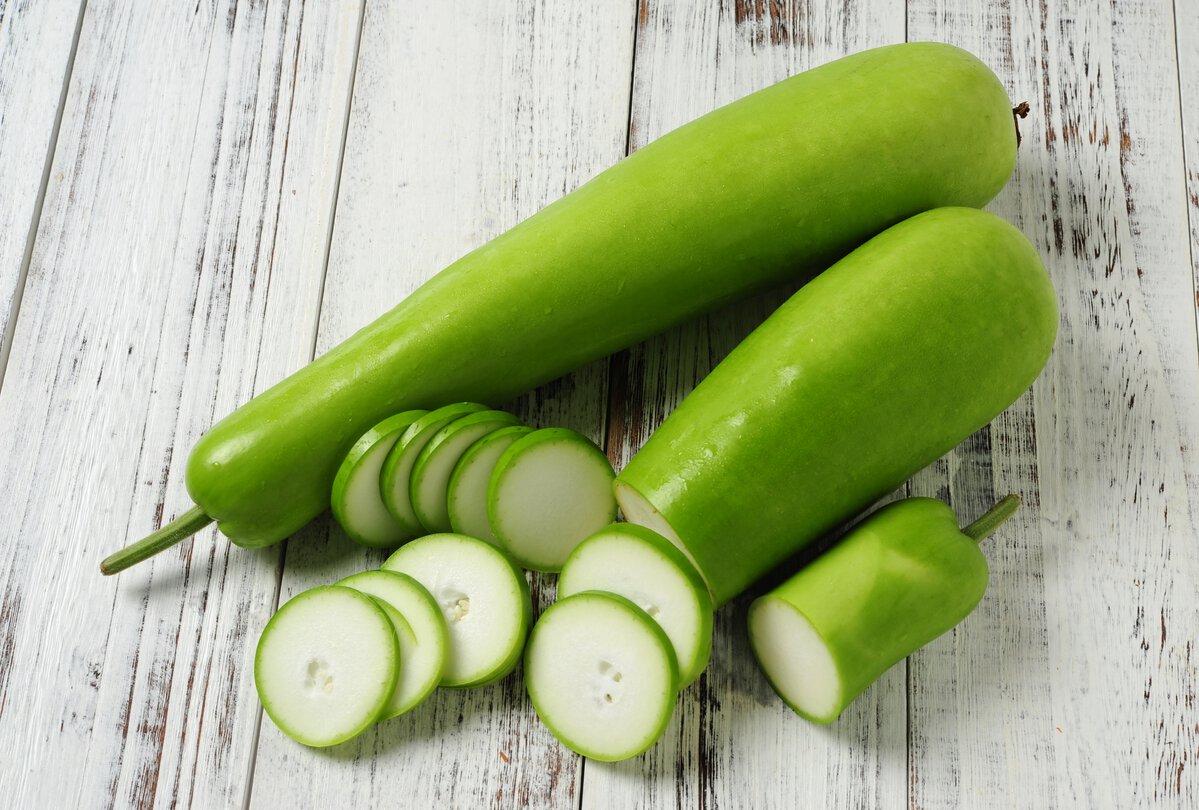
Bottle Gourd (Lauki) is a staple in Indian cooking, appreciated for its light taste and numerous health benefits, including hydration and aiding digestion. It's commonly used in curries, desserts, and smoothies.
Food Value: It is low in calories and fat but high in dietary fibre and water content, making it excellent for weight loss. It also provides vitamin C, vitamin B, potassium, and iron.
Quick Indian recipe: Peel and cube lauki, sauté with cumin, turmeric, and salt. Simmer with water until soft, garnish with cilantro, and serve with rice or roti.

Pointed Gourd (Parwal) is a popular rainy season vegetable in Indian cuisine, known for its crunchy texture and mild, slightly sweet flavour. It's often used in curries and stir-fries, and is rich in vitamins and fibre.
Food Value: It is low in calories but rich in dietary fibre, vitamin A, vitamin C, and antioxidants, making it beneficial for skin health and digestion.
Quick Indian recipe: Slice Parwal and sauté with mustard seeds and turmeric. Cook until crisp-tender. Garnish with coriander and serve hot.
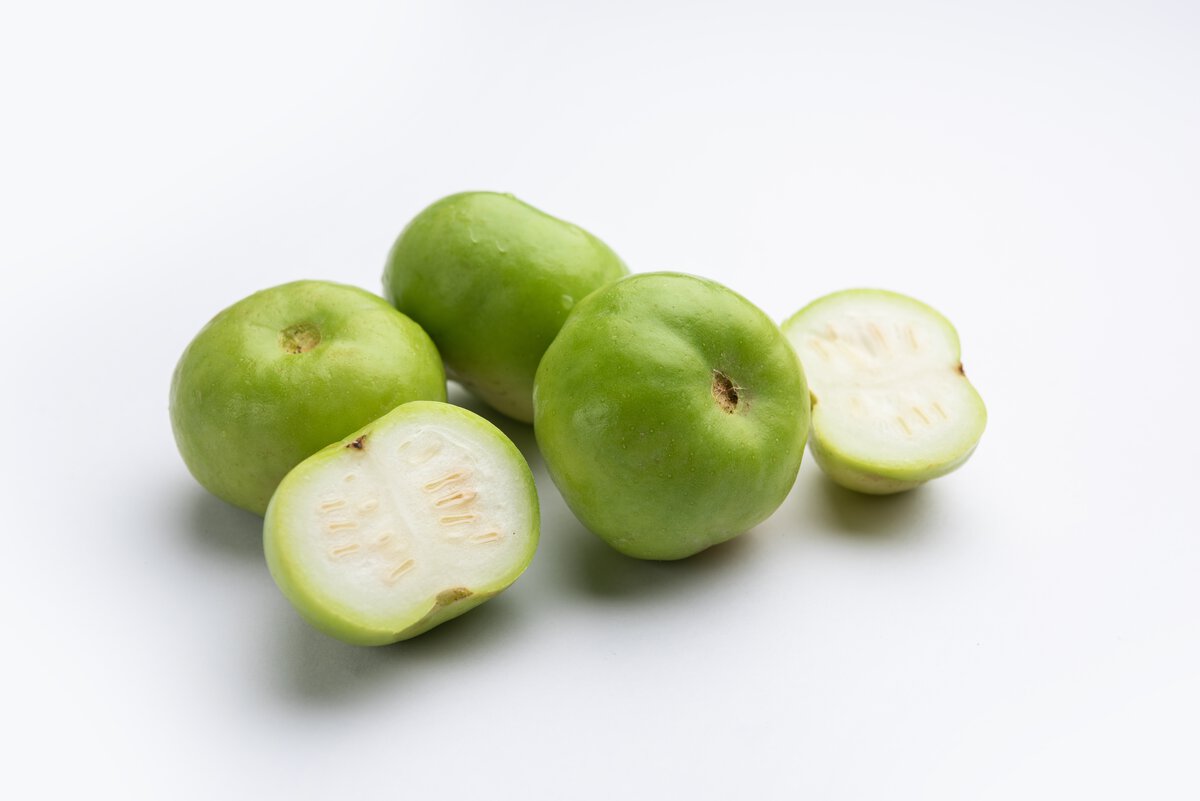
Indian Squash (Tinda) is a small, apple-sized vegetable often referred to as "Indian round gourd" or "apple gourd." It has a mild, slightly grassy flavour and is commonly used in North Indian dishes for its light texture and ability to absorb spices well.
Food Value: It is low in calories and rich in water content, making it hydrating and good for digestion. It contains essential nutrients such as vitamin A, vitamin C, and potassium.
Quick Indian recipe: Sauté cubed tinda with cumin and asafoetida in oil. Mix in turmeric, coriander, and chopped tomatoes; simmer until tender. Garnish with cilantro and serve with chapatis.
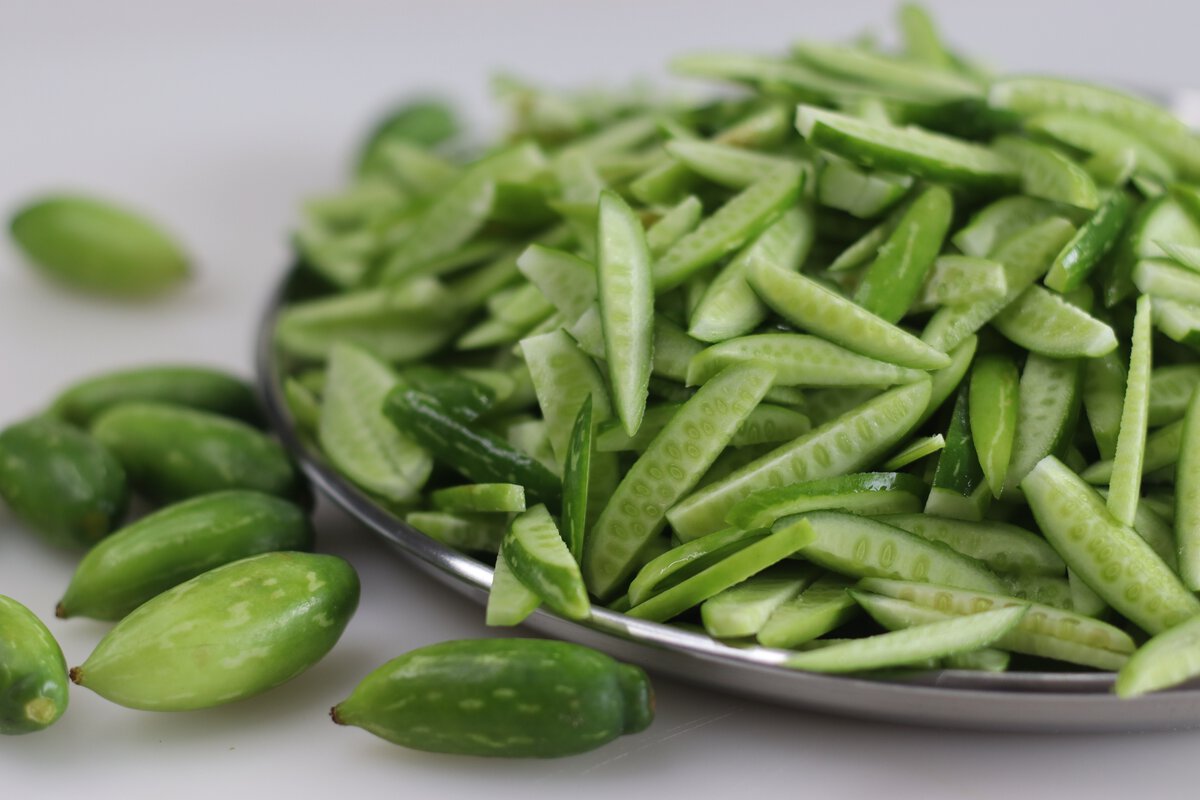
Ivy Gourd (Kundri/Tindora) is a small, green vegetable commonly used in Indian cuisine, known for its crunchy texture and mild flavour. It's popular in stir-fries and curries and is valued for its health benefits, including aiding digestion and controlling blood sugar levels.
Food Value: It is low in calories but rich in dietary fibre, vitamin C, and beta-carotene. It supports digestion and helps regulate blood sugar levels.
Quick Indian recipe: Slice tindora and sauté with mustard seeds, turmeric, and chili powder. Cook until tender and slightly crispy. Serve hot with rice or roti.
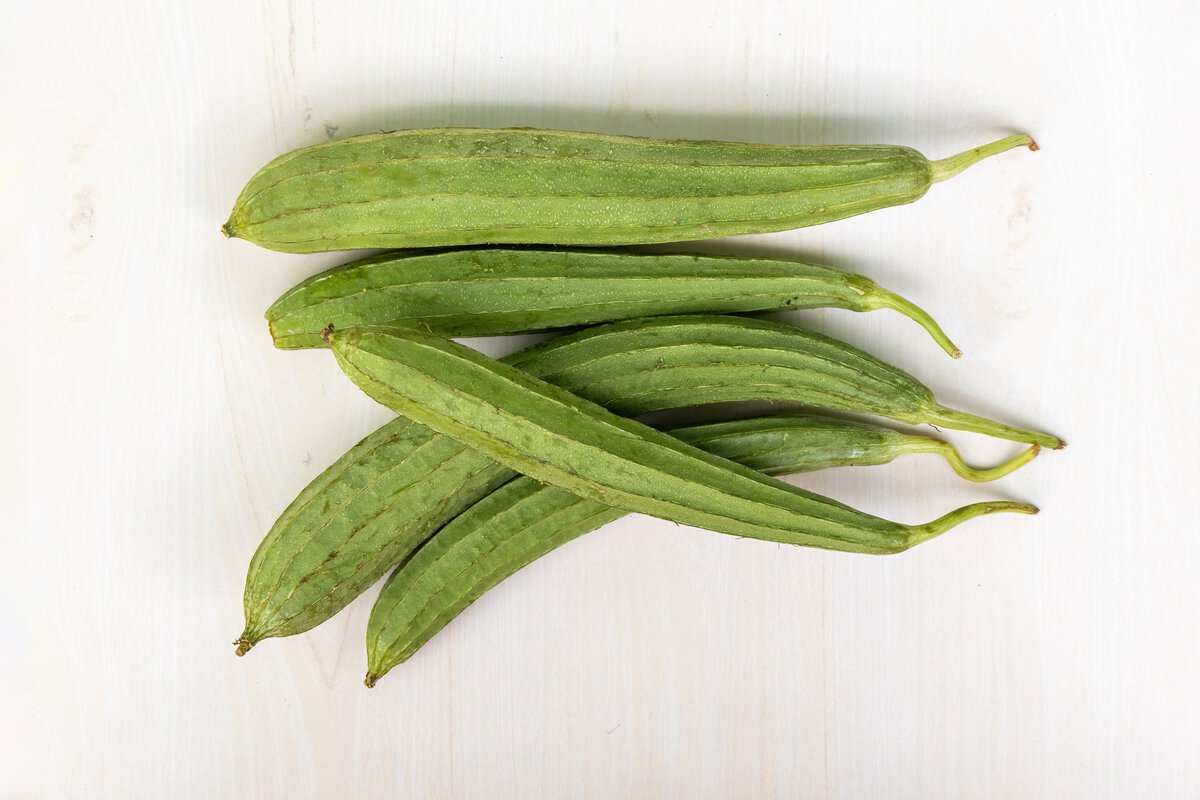
Ridge Gourd (Turai) is a versatile rainy season vegetable with a mild, slightly sweet taste and a spongy texture. Common in Indian cuisine, it's often used in curries and stir-fries and is known for its cooling properties and high-water content.
Food Value: It is low in calories and high in dietary fibre, vitamins A and C, and minerals like magnesium and potassium, making it great for digestion and overall health.
Quick Indian recipe: Peel and slice ridge gourd. Sauté with cumin seeds, garlic, turmeric, and salt until tender. Serve with rice or roti.
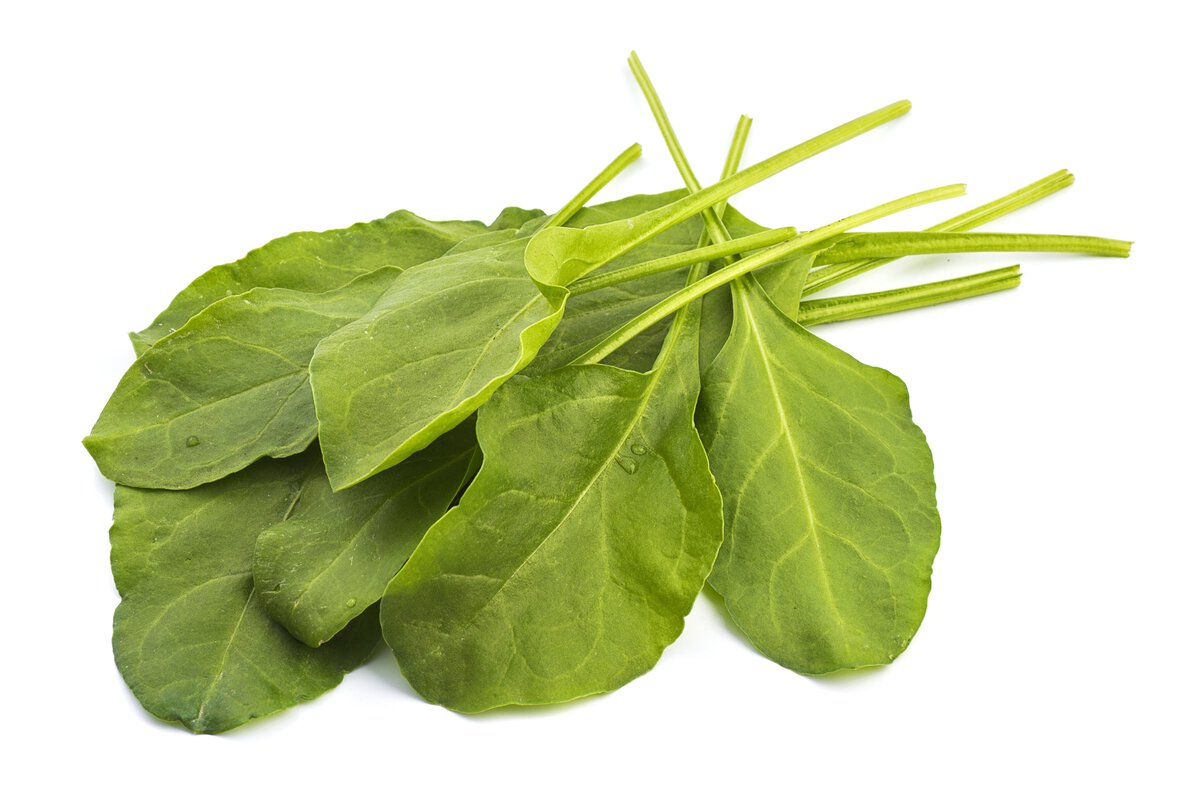
Spinach (Palak) is a leafy green vegetable known for its tender texture and mild flavour. Widely used in Indian cuisine, it's packed with nutrients like iron, calcium, and vitamins A and C.
Food Value: It is rich in iron, calcium, vitamins A, C, and K, and is low in calories. It supports bone health, boosts immunity, and aids in digestion.
Quick Indian recipe: Sauté chopped spinach with garlic and cumin seeds in oil. Add salt and a pinch of turmeric. Cook until wilted and serve hot.
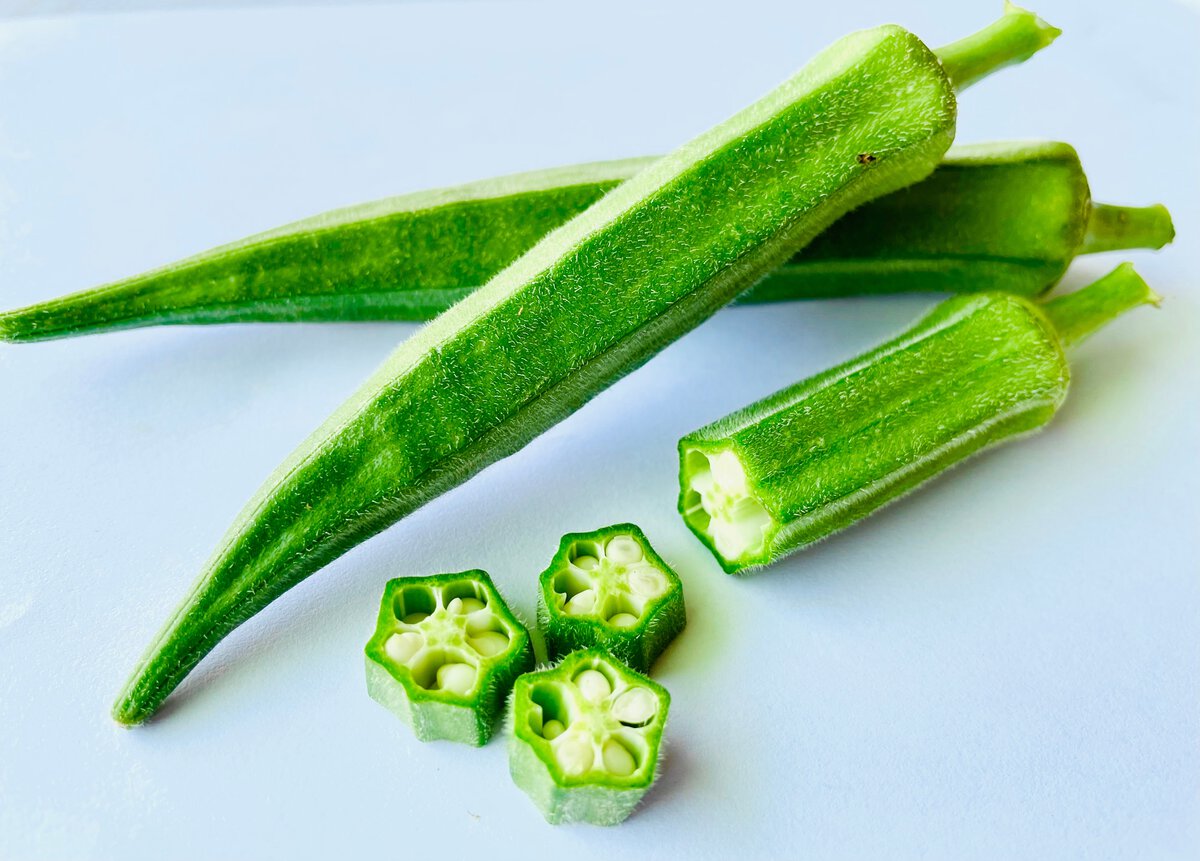
Okra (Bhindi) is a popular vegetable in Indian cuisine, known for its unique, slightly sticky texture and mild flavour. It's commonly used in stir-fries, curries, and as a fried snack.
Food Value: It is low in calories and rich in dietary fibre, vitamins A, C, and K, and folate. It supports digestive health and helps maintain healthy skin and eyes.
Quick Indian recipe: Slice okra and sauté with cumin seeds, turmeric, and chili powder in oil. Cook until tender and slightly crispy. Serve hot with roti or rice.
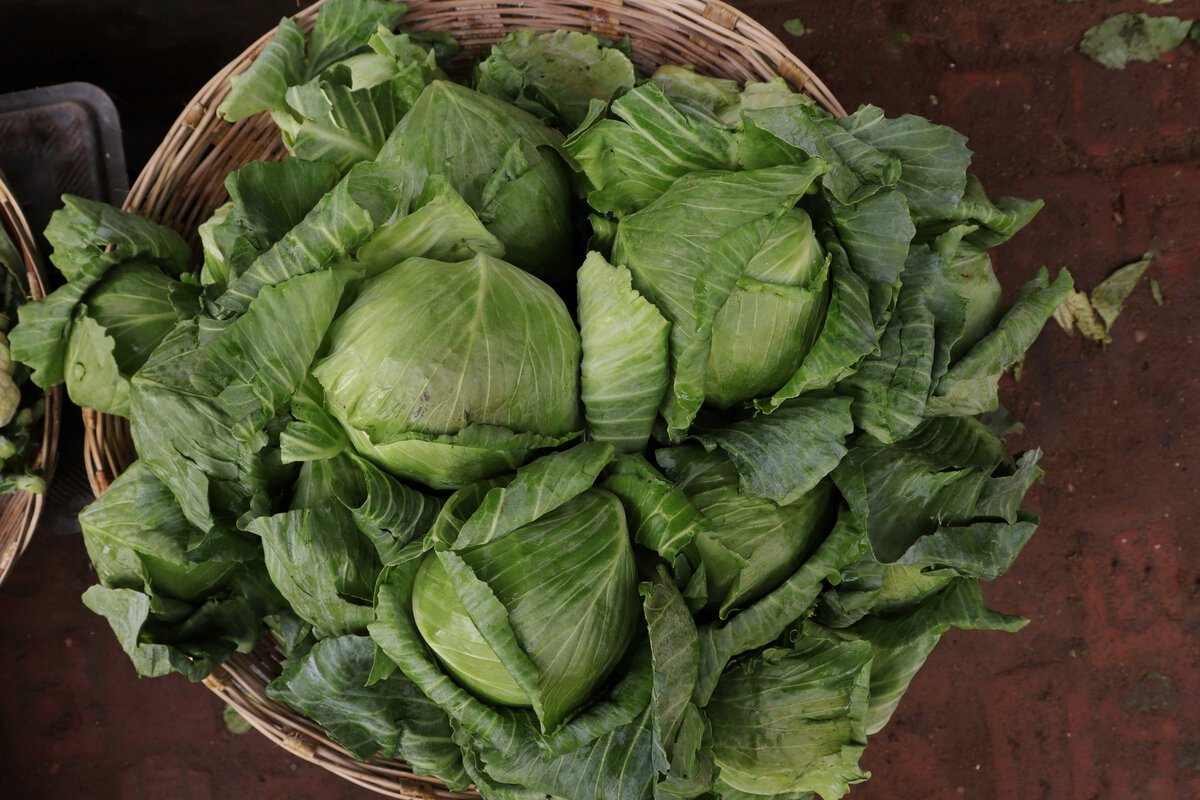
Cabbage (Patta Gobi) is a leafy green vegetable commonly used in Indian cuisine. It has a mild flavour and crunchy texture, making it ideal for salads, stir-fries, and curries.
Food Value: It is low in calories but high in fibre, vitamins C and K, and antioxidants. It supports digestive health and boosts the immune system.
Quick Indian recipe: Sauté shredded cabbage with mustard seeds, turmeric, and green chilies. Cook until tender. Garnish with fresh cilantro and serve with roti or rice.
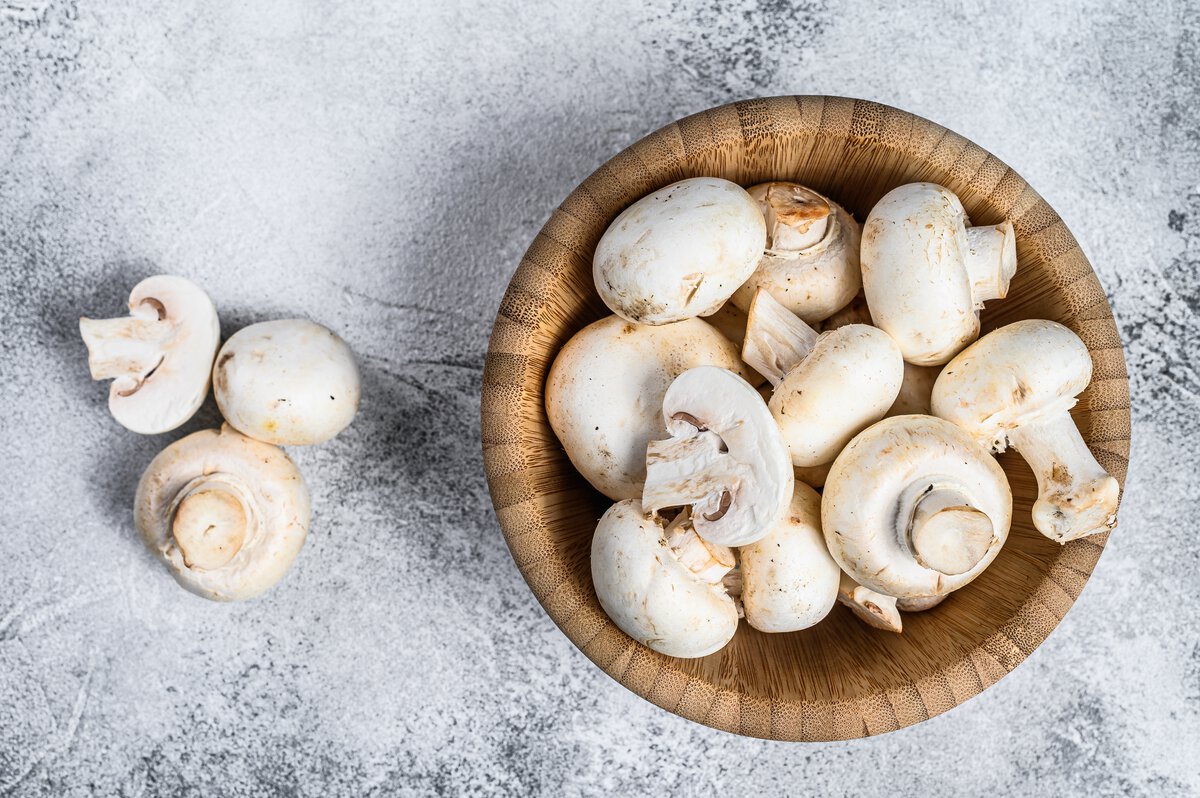
Button Mushrooms are small, white mushrooms widely used in Indian cuisine for their mild flavour and smooth texture. They're versatile and commonly added to curries, stir-fries, and soups.
Food Value: It is though small in size, pack a punch of nutrients including B vitamins and potassium, ideal for enhancing Flavors in diverse dishes without adding excess calories.
Quick Indian recipe: Sauté sliced button mushrooms with onions, tomatoes, garlic, ginger, and Indian spices like turmeric, cumin, coriander, and garam masala for a flavourful dish ready in minutes.
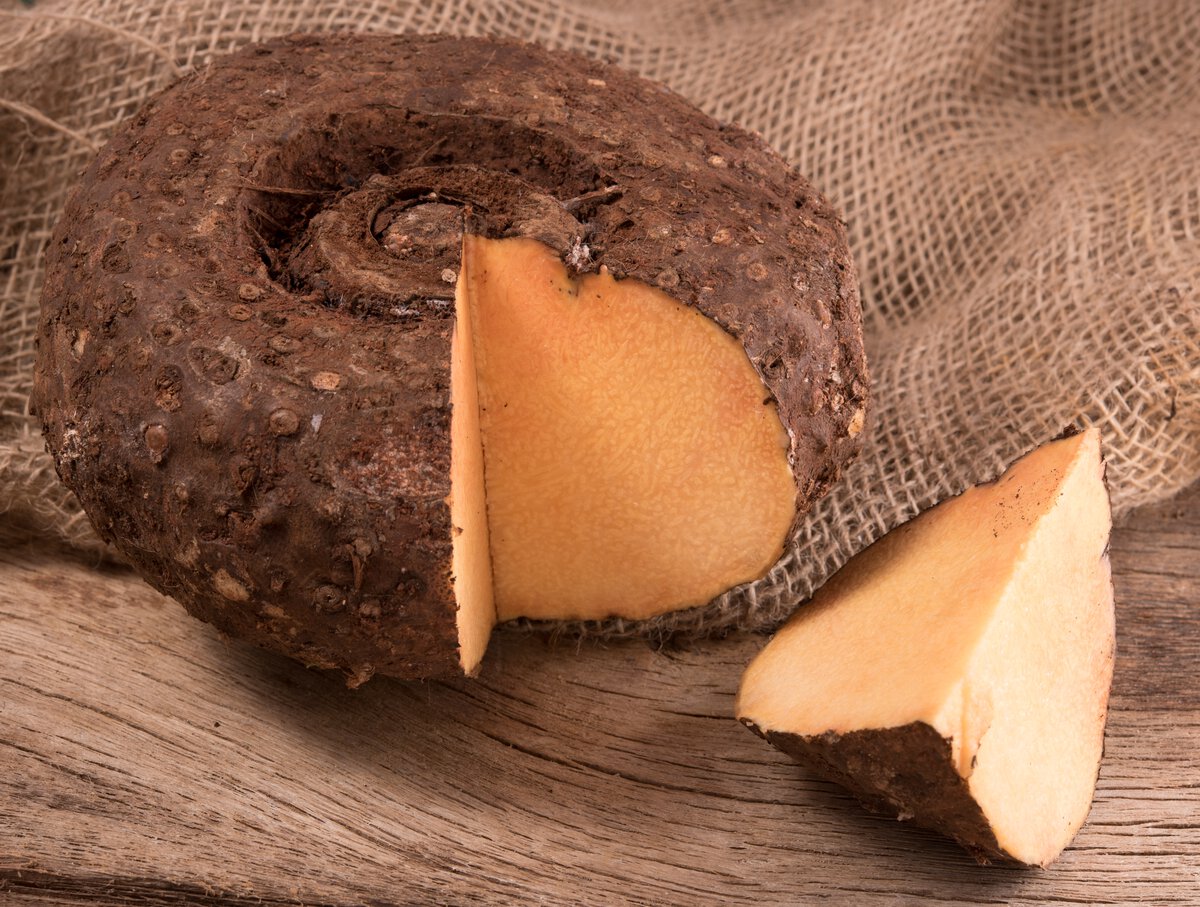
Elephant Foot Yam, also known as Ool or Jimikand in India, is a versatile tuber with a unique texture, commonly used in various Indian dishes for its subtle flavour and ability to absorb spices, making it a favourite ingredient in curries and stir-fries.
Food Value: Despite its modest size, offers notable nutritional value, rich in carbohydrates, fibre, and essential minerals, contributing to its role as a nutritious and filling component in Indian cuisine.
Quick Indian recipe: Boil diced elephant foot yam until tender, then sauté with onions, tomatoes, garlic, ginger, and spices like turmeric, cumin, coriander, and chili powder for a delicious and quick Indian side dish bursting with flavour.
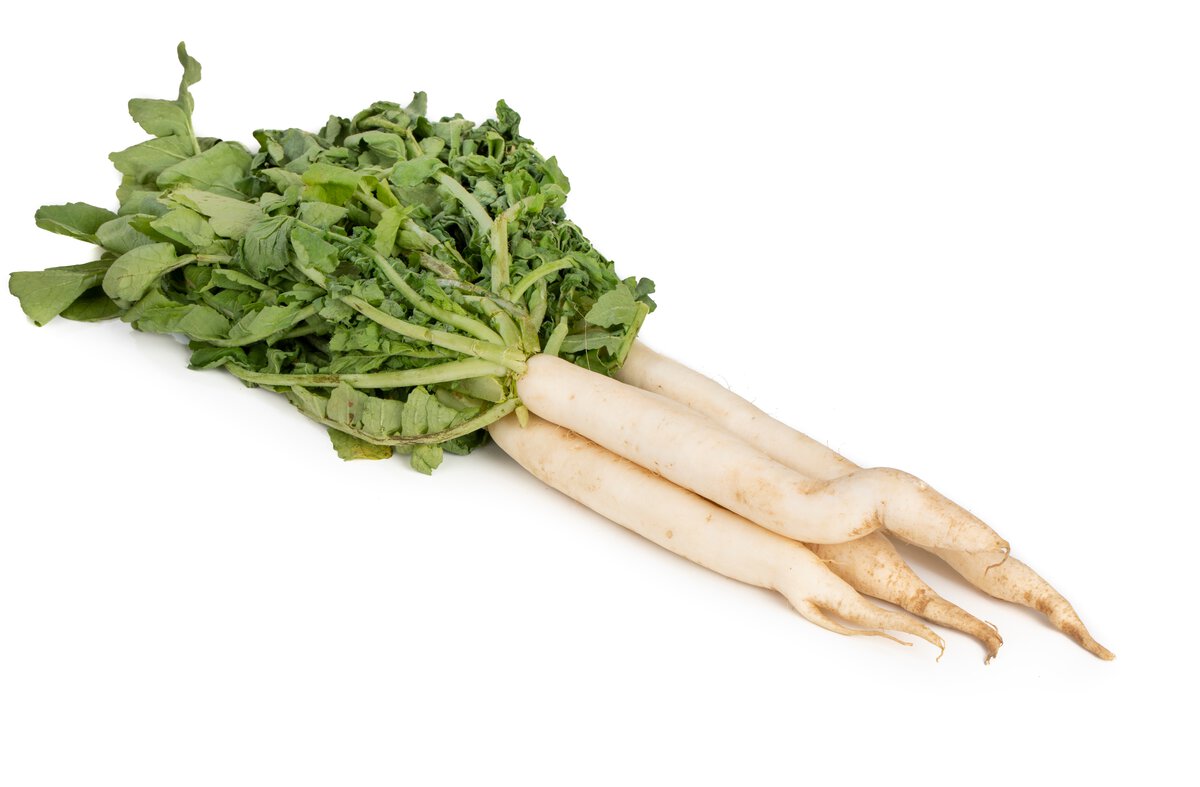
Radish, known as Mooli in India, is a root vegetable prized for its crisp texture and peppery flavor. It's a staple in Indian cuisine, commonly used in salads, pickles, and cooked dishes like curries and parathas, offering a refreshing and distinctive taste to culinary creations.
Food Value: Despite their diminutive size, offer a surprising array of nutrients, including vitamin C, fibre, and potassium, making them a valuable addition to salads and dishes, adding both crunch and a peppery kick.
Quick Indian recipe: Grate radish and mix it with yogurt, chopped mint leaves, roasted cumin powder, salt, and a pinch of sugar. Serve chilled as a refreshing accompaniment to spicy Indian dishes.
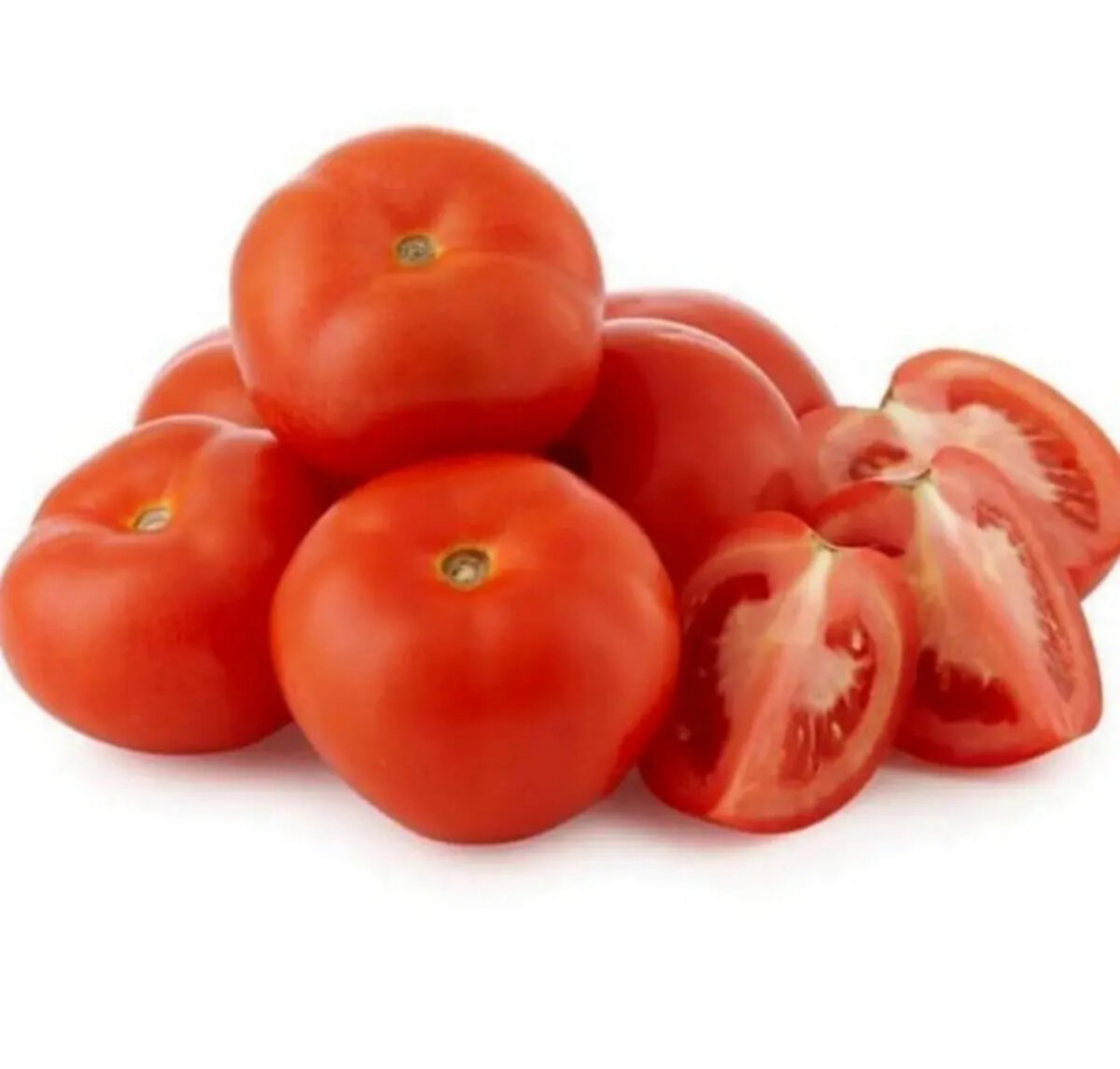
Tomato, known as Tamatar in India, is a versatile fruit widely used in Indian cuisine. With its vibrant colour and tangy flavour, it adds depth to curries, chutneys, and salads. Rich in vitamins and antioxidants, tomatoes are celebrated for their culinary versatility and health benefits.
Food Value: Tomatoes offer substantial nutritional value, boasting vitamins, minerals, and antioxidants like vitamin C and lycopene. Their versatility in Indian cooking, from tangy chutneys to savory curries, makes them indispensable for both flavour and health benefits.
Quick Indian recipe: Sauté chopped tomatoes with onions, green chilies, ginger, and spices like turmeric, cumin, and coriander until soft. Garnish with fresh cilantro and serve as a side dish or stuffing for sandwiches or wraps.
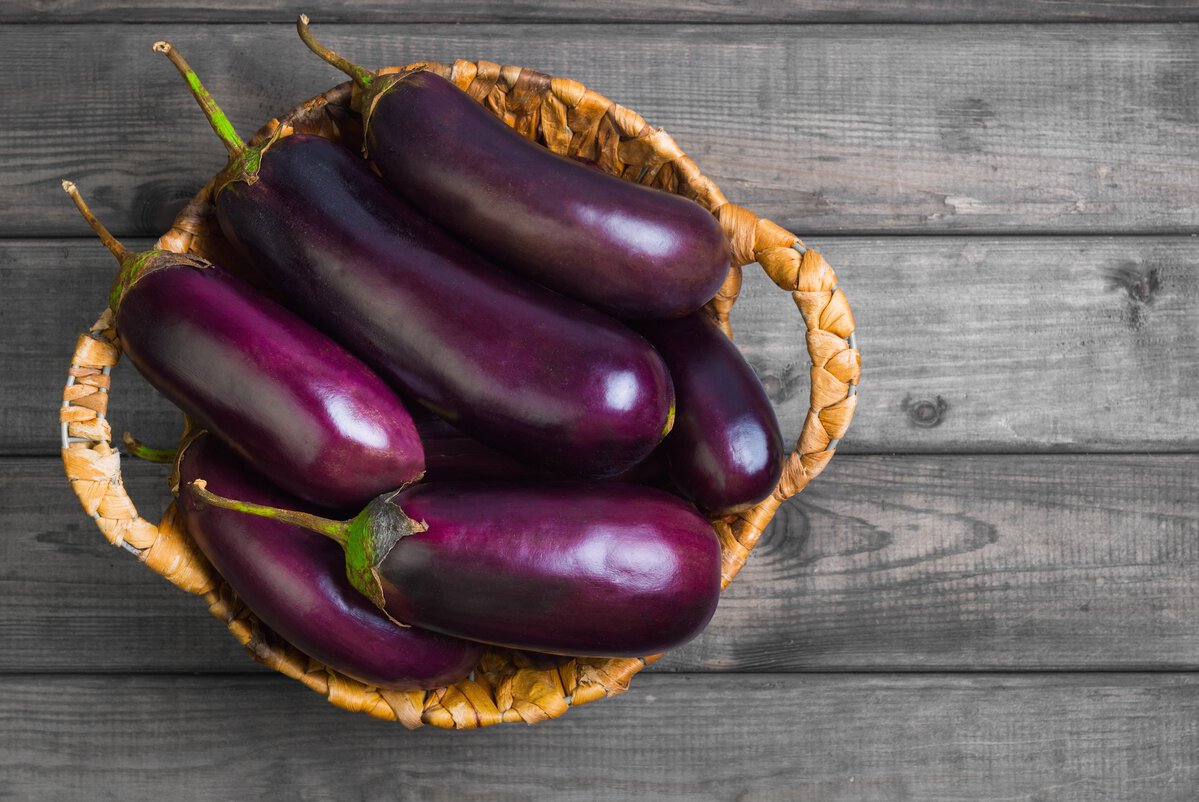
Brinjal, also known as eggplant, is a staple in Indian cooking, prized for its glossy purple skin and creamy texture. Whether grilled, fried, or stewed, this versatile vegetable adds depth and richness to a variety of dishes, making it a beloved ingredient in Indian cuisine.
Food Value: It offers notable nutritional value, containing fibre, vitamins, and minerals like potassium and manganese. With its low-calorie content and high levels of antioxidants, brinjal contributes to a healthy diet and is a versatile addition to many Indian dishes.
Quick Indian recipe: Slice brinjal, coat with a mixture of spices like turmeric, chili powder, and coriander, then shallow fry until golden brown. Serve as a crispy and flavourful side dish or snack.
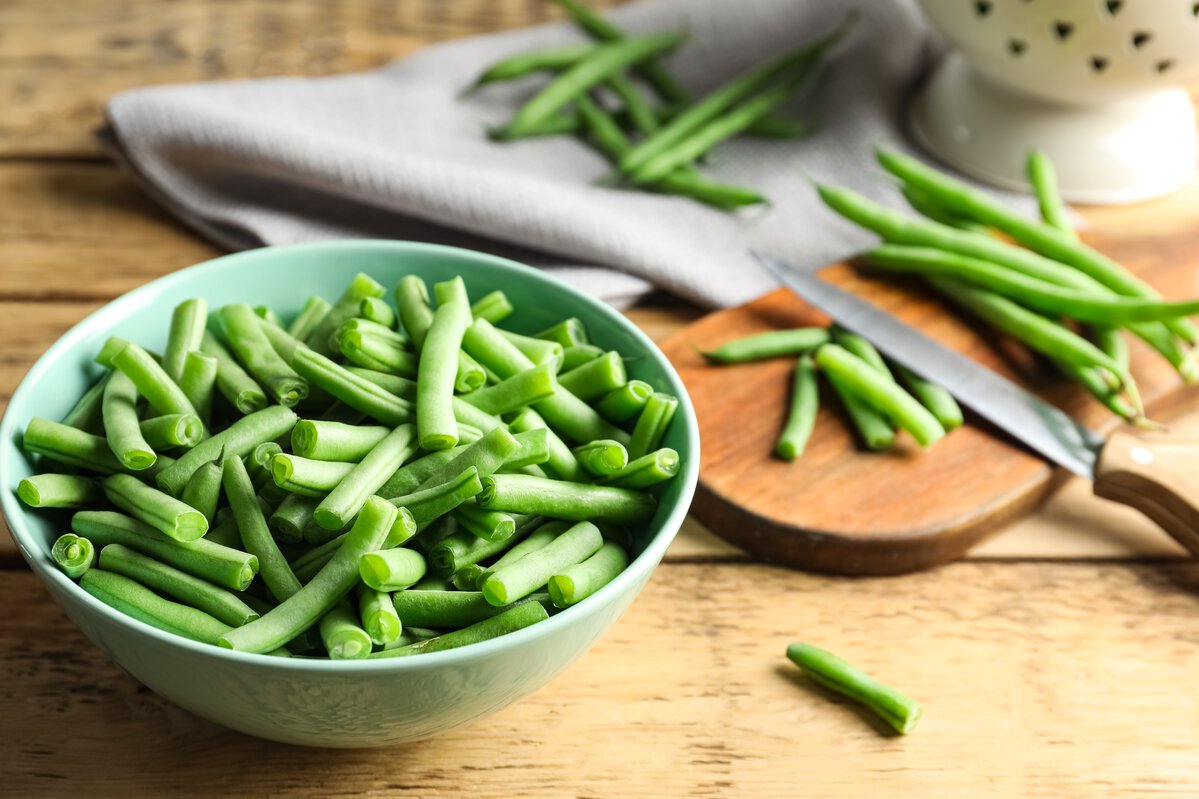
Beans, renowned in Indian cuisine for their versatility, encompass a diverse range, from green beans to kidney beans. Rich in protein, fibre, vitamins, and minerals, they are a vital component of numerous Indian dishes, contributing both nutrition and flavour to meals.
Food Value: It boasts significant nutritional value, offering a rich source of protein, fibre, vitamins, and minerals such as iron and folate. Their low-calorie content and high nutrient density make them a nutritious addition to any diet, promoting overall health and well-being.
Quick Indian recipe: Sauté chopped beans with mustard seeds, curry leaves, grated coconut, and spices like turmeric, chili powder, and cumin. Cook until tender yet crisp, and serve as a flavourful and nutritious side dish with rice or roti for a quick Indian meal.
Discover the abundance of nature's rainy season harvest with these top 15 monsoon vegetables, each offering distinct flavours and health benefits. These best vegetables for rainy season not only enhance the taste of Indian cuisine but also provide essential nutrients for overall well-being. Whether you're a seasoned chef or a curious foodie, embrace the culinary delights of the monsoon with these versatile and nutritious vegetables.
Savour these delightful rainy-season vegetables in dishes prepared by expert chefs at Club Mahindra Restaurants. With their commitment to using fresh, seasonal ingredients, a meal at a Club Mahindra restaurant offers the perfect way to embrace the monsoon's flavours.
Mahindra Holidays & Resorts India Ltd. (MHRIL), a part of Leisure and Hospitality sector of the Mahindra Group, offers quality family holidays primarily through vacation ownership memberships and brings to the industry values such as reliability, trust and customer satisfaction. Started in 1996, the company's flagship brand ‘Club Mahindra’, today has over 290,000 members , who can holiday at 140+ resorts in India and abroad.